I’ve always loved the standard 52. 56, 60 wedge combination, but loft jacking kind of ruined this for me, and I suspect I’m not alone.
As irons have gotten stronger, wedges have had no choice but to follow, and it can really create some confusion when it comes to the right golf clubs to put in your bag.
I’m a teaching pro & a scratch golfer who has played golf for 30 years. I’m always looking to improve my game, even if it’s just a shot or two here and there. I love testing new strategies both on and off the course and studying golf swings to see what actually works.
I’ll give you everything you need to know about wedge lofts and a helpful chart that may explain this a bit better for you.
Wedge Lofts Chart
| Wedge | Loft Range |
| Pitching Wedge | 42-48 degrees |
| Gap or Approach Wedge | 48-54 degrees |
| Sand Wedge | 54-58 degrees |
| Lob Wedge | 58-64 degrees |
Golf manufacturers have different names for their wedges, so don’t be surprised to see things like a gap wedge in one set and approach or utility in another.
Also, this is a new but major concern.
Be aware of the iron sets that have two gap wedges. Yes, you read that right, two gap wedges.
For instance, the Callaway Paradym wedge lineup looks like this:
- Pitching Wedge: 42 degrees
- Approach Wedge: 47 degrees
- Gap Wedge: 52 degrees
You may hit your pitching wedge further than ever, but it will still leave you trying to fill the gap between that pitching wedge and the sand wedge.
I’ll explain more of this later, but to make the right decision about proper wedge lofts, you need to know the lofts of all other clubs in your bag.
Ideal Wedge Loft Combinations (for 4 Wedge Sets)
Here are a few examples of the best wedge loft combinations. Being smarter about the gapping of your wedges gives you a few advantages:
1) You’ll control your yardage gaps on the course better.
2) Which improves your accuracy and consistency.
3) Which improves your scoring.
You may need to add 5 wedges to the bag when pitching wedge lofts go below 43 degrees. Just be smart about the club that is going to come out of the bag. (ex. Leave the putter in!)
- 41, 46, 52, 58
- 43, 48, 54, 60
- 45, 50, 54 or 55, 60
- 47, 52, 56, 60
Pitching Wedge Lofts
The pitching wedge will typically have between 42 and 48 degrees of loft. There are some new additions to the market that have less than 42, but those are considered to be really strong lofted golf wedges.
Professional golfers often have a nine iron as the last iron in their set.
They then move to a blade-style wedge like a Titleist Vokey or Callaway Jaws wedge in the loft they need for a pitching wedge. (usually around 48 degrees).
Where To Use your Pitching Wedge
The pitching wedge is a versatile golf club that can be used everywhere, from the tee box to the green surrounds. Here are a few of the most common areas to see a pitching wedge used on the course.
- Short par 3
- Approach shot on par 4 or 5
- Mid to low lofted haft swing approaches the green
- Shorter chips from the fringe
- Escape shots (behind trees, out of deep rough, etc.)
- Fairway bunker shots with a higher lip
Worth Carrying?
All golfers should have a pitching wedge in their bag. Not only is this a great golf club to help you learn the game and get out of trouble, but it’s also a great scoring club.
Gap Wedge Lofts
Years ago, golfers had a pitching wedge and a sand wedge in the bag, and the gap wedge wasn’t a thing. Today, gap wedges are more important than ever. Expect lofts here to be around 46 to 54 degrees.
The gap wedge has a wide range of loft options because of how lofts vary from one set of irons to the next.
Player-style irons have higher lofts in their nine iron and pitching wedge than game-improvement iron sets. Typically speaking, better players are not as concerned about getting distance as they are about accuracy and precision.
In other words, distance doesn’t matter quite as much, the better you get.
Look at your pitching wedge and sand wedge loft, and ensure you have no more than 6 degrees between the two.
Where To Use?
When you’re in between your pitching wedge and sand wedge yardage. Your pitching and sand wedge have a large gap between them – as much as 10 degrees – and that “gap” is filled with this club.
- Approach shots to the green, typically from 100 yards and in
- Longer greenside bunker shots
- Chips and pitches from both rough and short grass around the greens
Worth Carrying?
If you have more than about 6 degrees of a gap between your pitching wedge and your sand wedge, it is 100% worth carrying the gap wedge. You may not find this to be the most used club in your bag, but it will be worth the money you spend.
Sand Wedge Lofts
Sand wedge lofts are a bit tighter than what we find in the gap and pitching wedge. Why is that? Sand wedges need to have enough loft to get the ball up and over the lip of the bunker.
Sand wedge lofts range from around 54 to 58 degrees. There will be exceptions, but this is the sweet spot for trying to get out of a bunker or getting the ball to stop on the green.
One major mistake that amateur golfers make is to use their sand wedge only when hitting out of a bunker. Don’t do this!
The sand wedge is a really valuable and versatile club; I suggest it become one of your favorites.
Where to Use?
Sand wedges are helpful out of a bunker, but they are great for high lofted shots to the green and control of the ball.
- Out of a sand trap
- Chips and pitches around the green
- Out of the rough
- When you find yourself too close to the pin with little room to work with
Worth Carrying?
The sand wedge is a golf club you must carry in your bag. You need at least one club with more than 55 degrees of loft. It makes a tremendous difference in generating spin, higher loft, and overall performance around the green.
Lob Wedge Lofts
The lob wedge loft ranges from around 58 degrees to about 64 degrees. Most amateur golfers use a 60 degree wedge.
The lob wedge scares golfers, especially those with higher handicaps. I think the lob wedge gets a bad reputation. It’s not nearly as hard to work with as most people say it is. Most importantly, the lob wedge can save you from greenside bunkers with high lips.
If you have to give up one of the four standard wedges in your bag, the lob is probably the one to give up. However, I would be sure you are really ready for that; this is a scoring club that can pay off big time when you get close to the pin.
Where to use?
With the high loft of a lob wedge, you won’t pull it out of your bag quite as often. However, there are still plenty of opportunities to use the lob.
- High lofted shots into the pin
- Greenside bunkers with high front lip
- Attacking the pin when you short side yourself
- Getting up and over trouble (a bush or tree)
Worth carrying?
Carrying a lob wedge is a personal decision that comes down to the rest of your club set makeup and your ability around the greens. I think the lob wedge is worth considering and a club that most amateur golfers will greatly benefit from.
The only caveat here is for golfers that have higher handicaps and are playing with a game improvement set that requires two gap wedges. In that situation, you may need to eliminate the lob, which is understandable.
How Many Wedges Do I Need?
It’s easy to say that every golfer needs 4 wedges, but it’s really not the case. Sometimes the answer is 3, and other times it’s 5. Here are a few things to consider when choosing how many wedges you put in your bag.
Know Your Distances
Take your wedges out to the driving range and work on how far you hit each one. Pay close attention to distance gaps of more than 10 yards. When you have a 15 or 20-yard gap, you may need to stick another club in between.
Use a launch monitor to gather the proper distances, but you can also use the old-fashioned way and hit different pins on the range.
Loft Gapping
Even if you aren’t a big equipment person (i.e., you don’t study shaft, torque, kick points, weights, etc.), you must know the lofts of each of your wedges and maybe even your 9 iron. Loft gapping is so important. Here’s why.
Let’s say you have a 42 degree pitching wedge that you hit about 130 yards.
The next club in your bag is your 56 degree sand wedge that travels 100 yards.
What happens in between?
When you have a loft gap this large, you create holes in your game. Trust me on this one; you will have hundreds of 115-yard shots throughout your golf career. Proper loft gapping is essential.
Bounce and Grind In Wedges
Bounce and grind in wedges is another big topic here, and it can play into the loft options available to you. Some wedges will come in a specific loft but not the bounce or grind you want.
Bounce and grind mostly deal with the way the wedge sits on the ground and the turf conditions that you can play through while using these wedges. Most amateur players do well with a mid bounce wedge and a grind that is suitable for versatility on the course.
Frequently Asked Questions
Do I need a 52 and 56-degree wedge?
The 52 and 56-degree wedge will have about a 10-yard distance gap between them. In addition, greenside performance between these two wedges will vary considerably. The 56-degree wedge is easier to hit high and will stop on the green quickly.
What is a standard wedge loft?
The standard wedge loft for a pitching wedge is around 45-46 degrees. Game improvement style pitching wedges will be 44 or less, and players’ style may be up to 47 or even 48 degrees.
How many degrees of loft between wedges?
Ideally, golfers will have 4-5 degrees of loft between wedges. The larger the loft gap between wedges, the better a player must be at distance control.
What is a 64-degree wedge called?
A 64 degree wedge is a lob wedge. With a lob wedge that has this much loft, expect a shot that gets up in the air quickly and stops on the green with very little effort.
Wedge Lofts Wrap Up
At this point, you should be an expert more knowledegable about wedge lofts. Go grab your golf clubs and take at your wedge setup. If it’s time for a new wedge set, pay close attention to loft gaping and distance control.
I’m a firm believer in having four wedges. It’s a large portion of the golf bag to dedicate to the short game, but it’s where the most variability and creativity needs to happen in the game (and scoring).
Having four wedges you trust will ultimately lead to easier up and downs, shorter birdie putts, and better scoring.

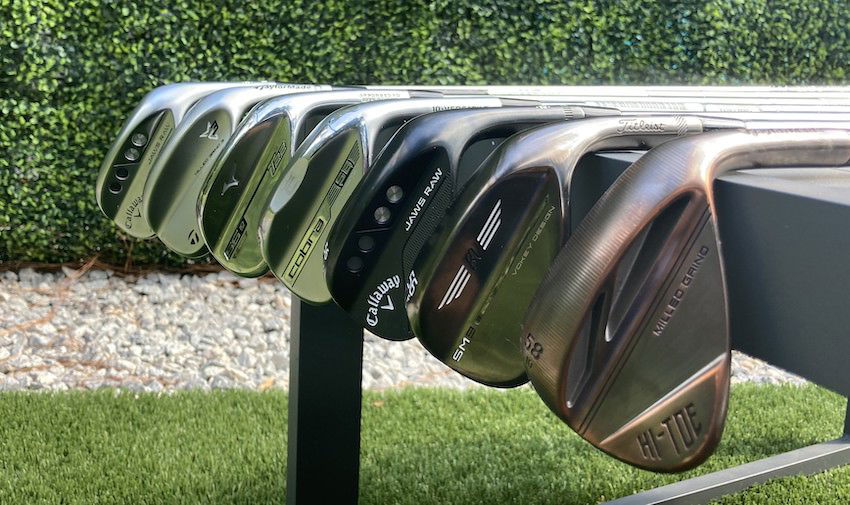
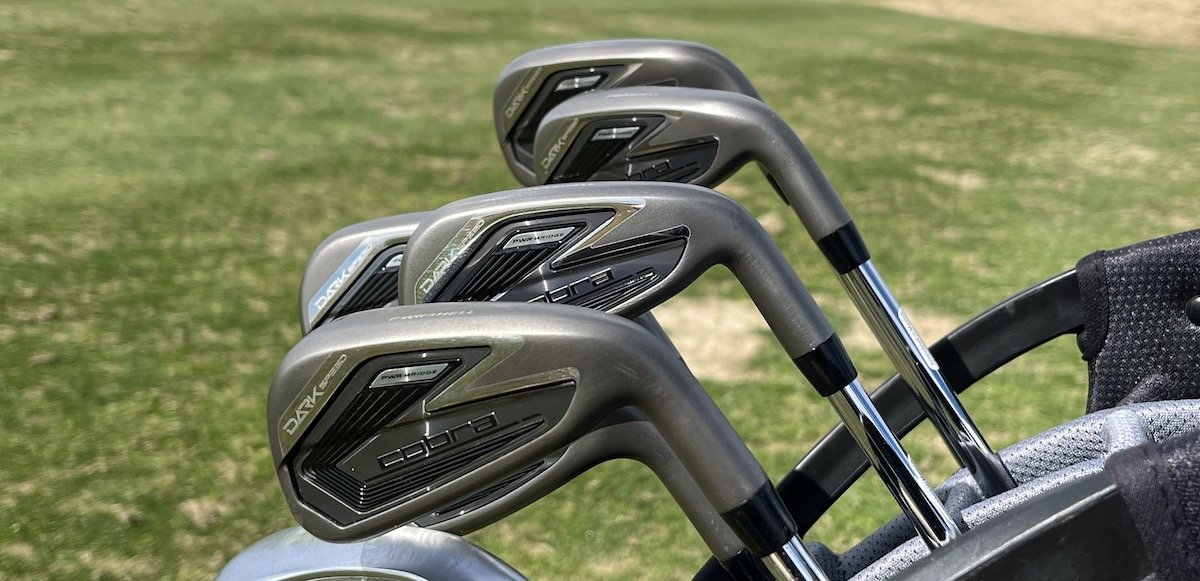
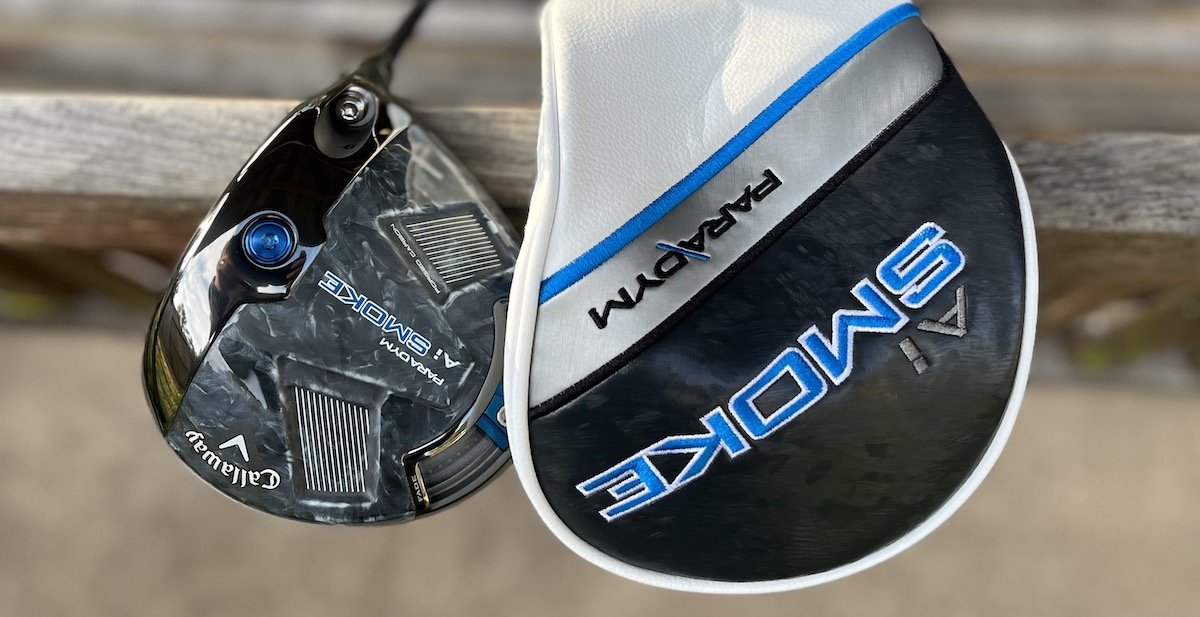
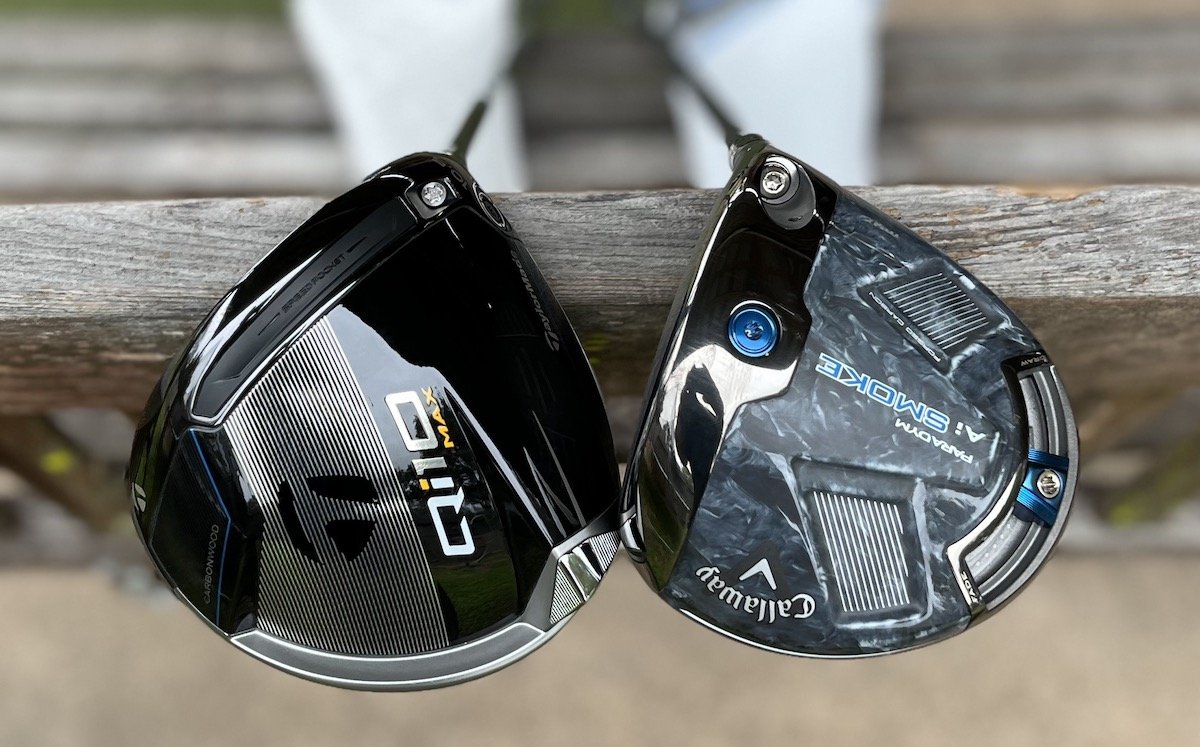

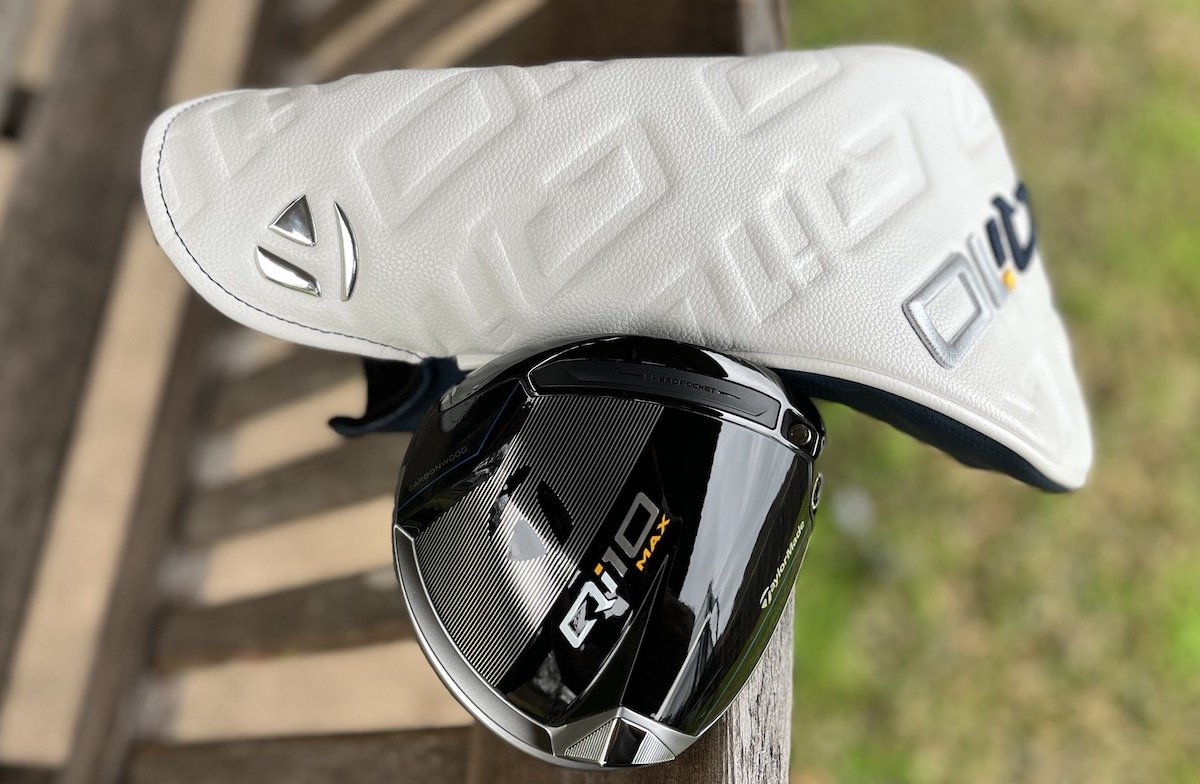
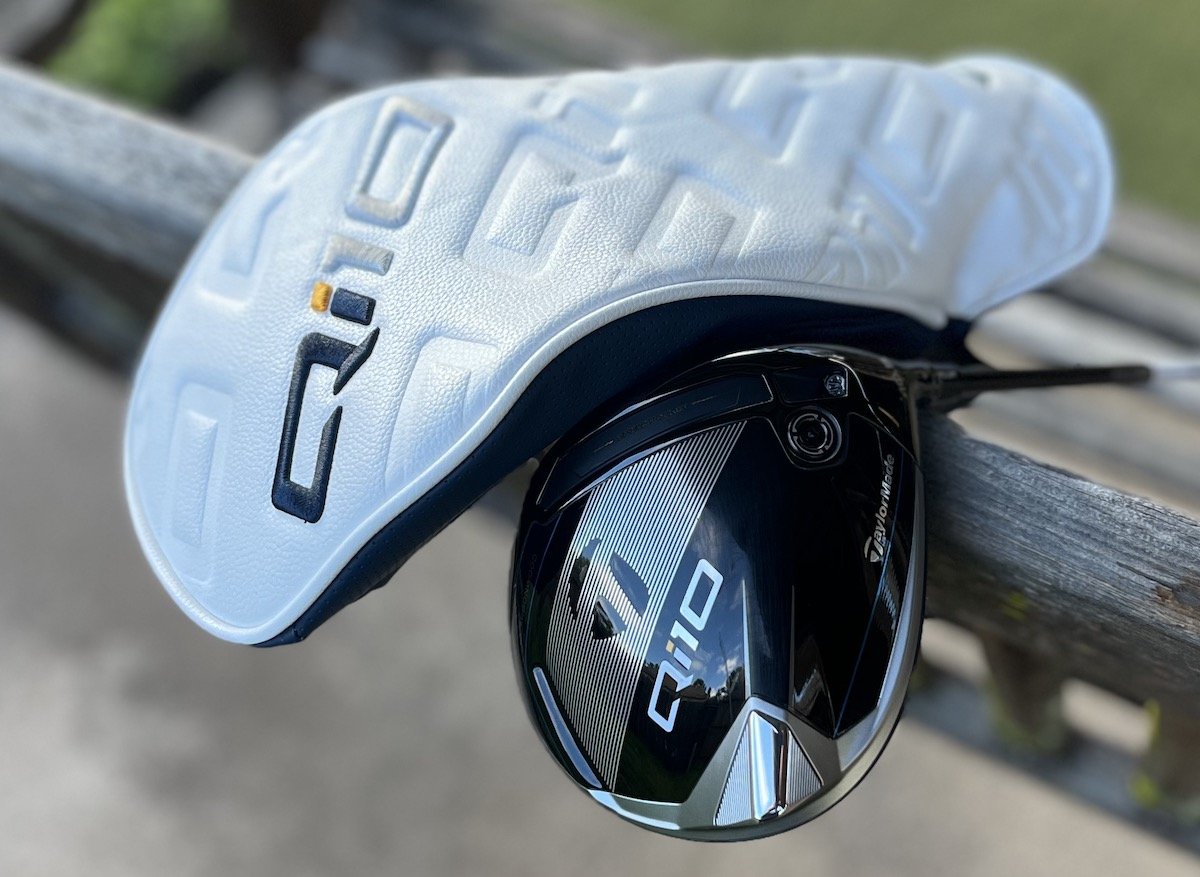
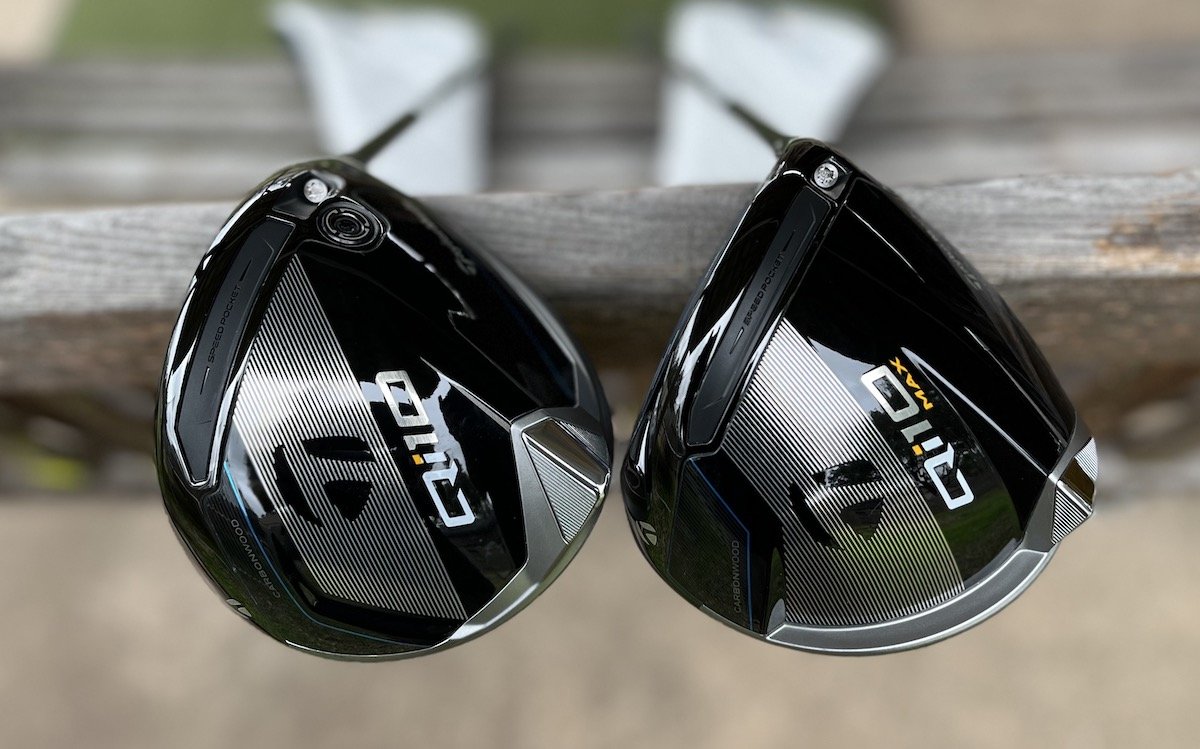
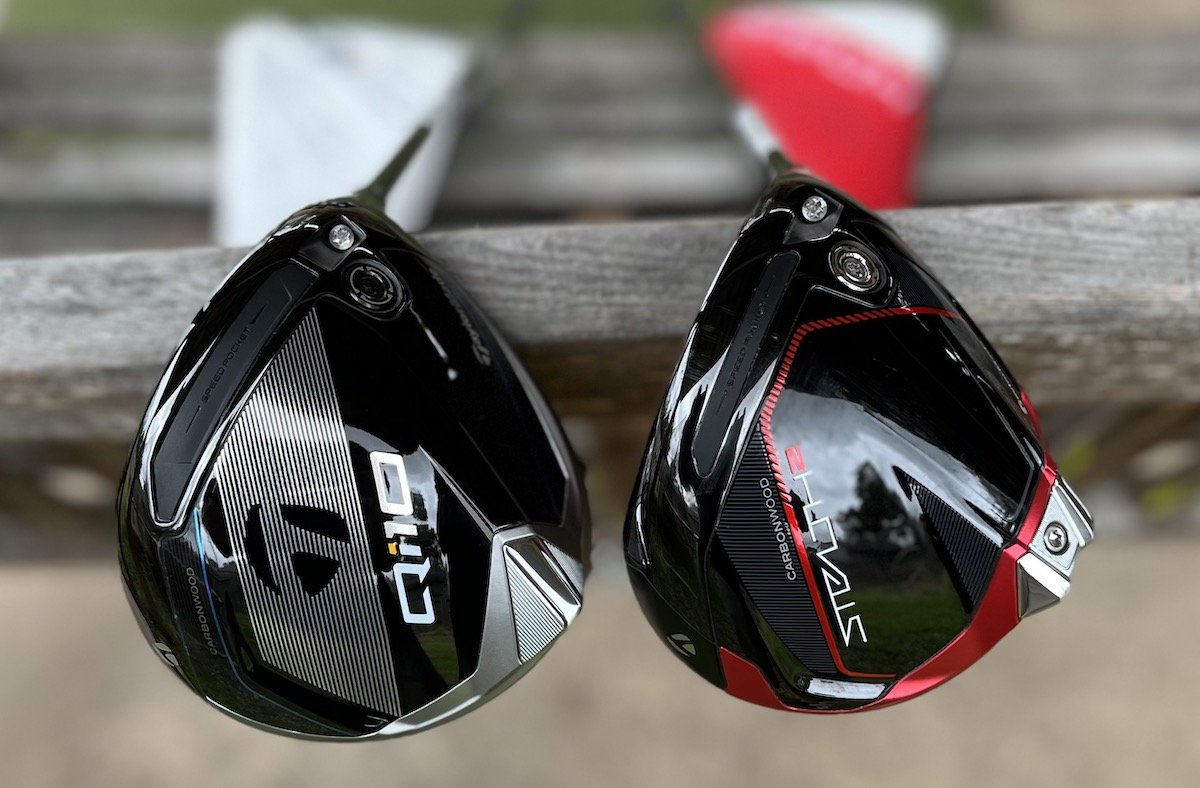


I was wondering how many wedges was going into my bag. You convinced me to go with four. Thanks for explaining this in such a manner. I feel confident I’ll be ok, since the short game has been always my force.
You’re welcome, Benjamin
I have a 43 degree PW and a 48 degree AW should I do the 52, 56, 60 (I have that now) or go 54, 60. I am not sure how much there would be or if the 2 degree between the 54 and 56 is needed?that does leave a 6 degree gap between my AW and my next GW. Thanks
Hey Jeremy,
I’ll answer for Brittany on this one. Definitely go 52, 54, 60. A 2-degree gap is useless. The 5-degree gap between your pitch and Approach wedge is pretty standard these days.
So, 43, 48, 52, 56, 60.